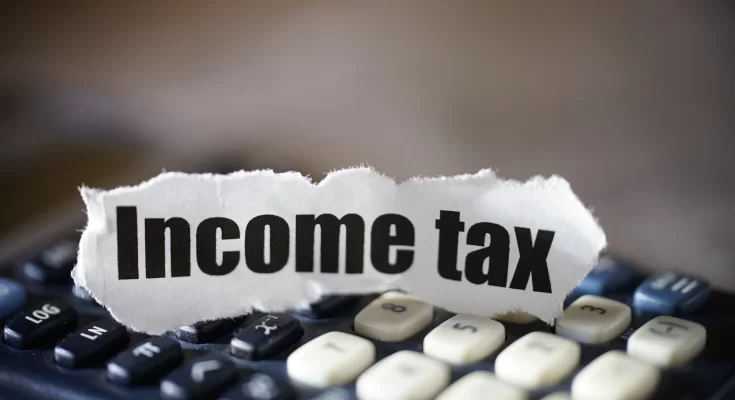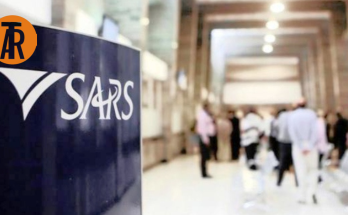South Africa Reaches Tax Tipping Point. In a detailed submission to the Parliamentary Fiscal Framework Hearings held in May 2025, South Africa’s National Treasury acknowledged that raising personal income tax (PIT) rates on high earners failed to deliver the expected boost in state revenue.
Instead, data revealed a sharp behavioural shift among top earners, leading to a notable drop in taxable income within the affected brackets.
Top Earners Adjust Behaviour as Taxes Rise
The Treasury explained that previous hikes in personal income tax—particularly the increase to 45% for individuals earning above R1.5 million annually—resulted in a 3.1% decline in reported taxable income in that category.
While the intent behind the measure was to generate more revenue, the government ended up collecting less than anticipated.
“Taxpayers altered their financial behaviour in response to the rate adjustment,” the Treasury noted, implying increased tax planning and possible capital flight.
South Africa Reaches Tax Tipping Point: Personal Income Tax at Its Limit
Personal income tax remains the government’s largest revenue stream, contributing R793 billion out of a projected R1.96 trillion in total tax revenue for the current fiscal year.
Despite its importance, the Treasury cautioned against further PIT increases, pointing to South Africa’s already high tax-to-GDP ratio.
In comparison to other developing economies, the country’s top tax rate and the percentage of GDP derived from PIT are among the highest.
No Inflationary Adjustment Brings in R15.5 Billion
While no new PIT brackets were introduced in the 2025 Budget, the Treasury opted against adjusting existing brackets for inflation—a move that will effectively increase the tax burden and help the government collect an estimated R15.5 billion in additional revenue this year.
Still, calls from some policymakers for a tax hike targeting high-net-worth individuals were met with Treasury resistance.
Analysts say the experience underscores the diminishing returns of taxing the wealthy more aggressively, especially in open economies where capital and individuals can easily relocate.
Uganda Offers Three-Year Tax Holiday for Startups in Sweeping Fiscal Reforms
Lessons from the Laffer Curve
Economist Dawie Roodt had previously warned that South Africa was nearing the “revenue-maximising point” on the Laffer curve—a concept illustrating how revenue can decline if tax rates surpass a certain threshold.
According to the Laffer theory, when tax rates rise beyond this optimal point, taxpayers are incentivized to either reduce their taxable activities or explore legal and illegal means to reduce their tax obligations.
Roodt further argued that increasing rates beyond this tipping point could hurt economic productivity and prompt wealthier citizens and companies to exit the tax net—either physically by emigrating or financially through tax avoidance.
Seeking Sustainable Solutions
The Treasury’s report brings to the fore a persistent challenge: how to generate more domestic revenue without suffocating economic growth or driving away investment.
While a previously proposed 2% increase in VAT was withdrawn due to concerns over inflation and economic strain on consumers, the question remains—what mix of tax reforms will be both sustainable and growth-oriented?
As South Africa moves toward fiscal consolidation, experts suggest that broadening the tax base, improving enforcement, and leveraging digital systems may prove more effective than simply raising rates.
Conclusion
With South Africa’s tax policy under intense scrutiny, the National Treasury’s latest findings serve as a critical reminder: tax design matters as much as tax rates.
The balance between raising revenue and maintaining compliance is delicate, especially in a country where inequality, capital mobility, and tax fatigue intersect.
For now, the debate continues on how best to structure a tax system that is both progressive and productive—without driving top earners out of the tax base.




